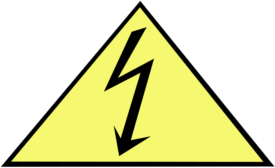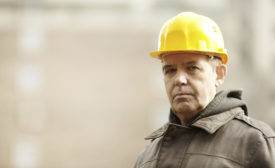News
A FairWarning story:
Feds want to run flimsy motorcycle helmets off the road
June 11, 2015
Report from Europe
Move to ID endocrine disruptors blocked by EU officials, industry lobbyists
June 10, 2015
Report from ASSE
How do you become a safety business partner?
And why should you?
June 9, 2015
From Safety 2015
Understanding and influencing risk tolerance
Why did the worker do that?
June 9, 2015
Never miss the latest news and trends driving the safety industry
eNewsletter | Website | eMagazine
JOIN TODAYCopyright ©2024. All Rights Reserved BNP Media.
Design, CMS, Hosting & Web Development :: ePublishing







